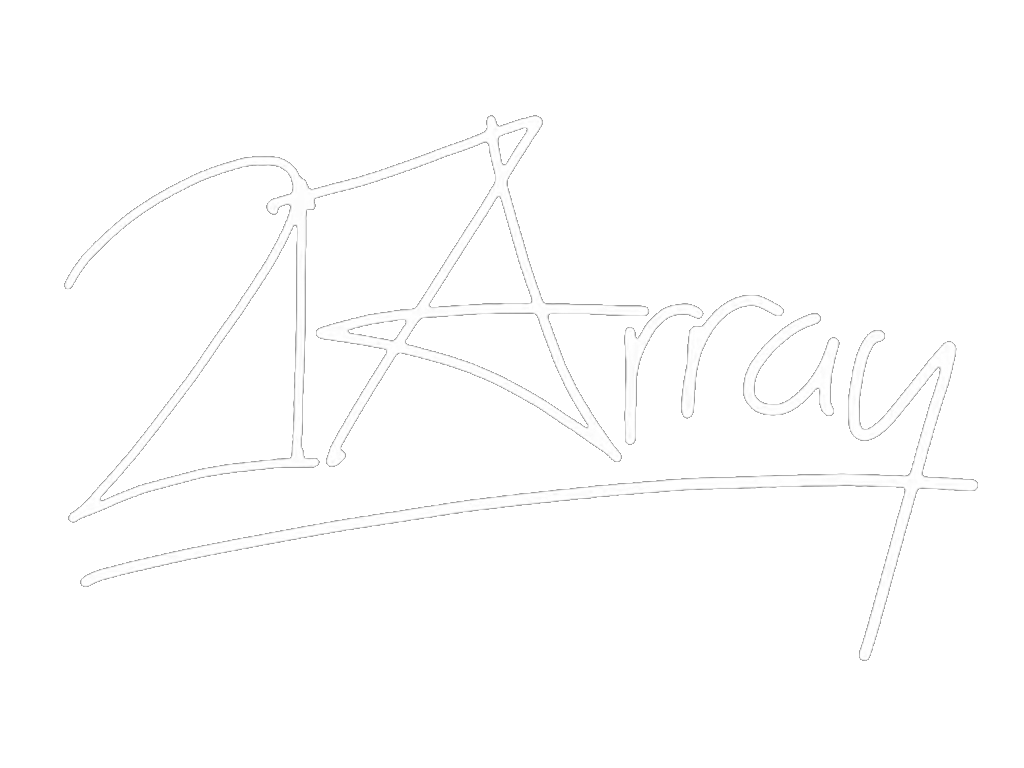So the game from the previous post, which is temporarily called UntitledBulletHell.com, started as a purely local-multiplayer game. At a certain point I started feeling like this was a little too risky since the only platform we know we’re targeting is desktop…and desktops aren’t exactly known for local multiplayer. This means that while the party-play stuff will still be a huge part of the game, we also need some kind of substantial single player component. If you enjoy the single player stuff, you’re more likely to convince your friends to bring over their extra controllers, and then you get to see the rest of what the game has to offer! And even if you never decide to do that, the single player content should feel worthy of the purchase on its own.
In the process of putting together this single player mode, I’ve been thinking a lot about what separates an indie game from a AAA game in the player’s perspective – obviously a AAA studio is capable of producing a much larger quantity of content, but what is the result in terms of the way the game feels to the player? A simple conclusion is that a AAA game is capable of feeling much grander – much larger in scope. How can this feeling of vastness be presented in an indie game if we already know from the outset that we can’t compete in terms of sheer designer hours?
I think that an important key is the metagame. A metagame is a game that encapsulates another game. In Mario 64, your final goal is to get to the top of the castle to confront Bowser 3 so that you can get some cake. Along the way, you must enter the castle’s numerous paintings and complete bite-sized and self-contained challenges, like racing that douchebag turtle. In this case, the main game and the surrounding metagame are pretty similar: they control the same way and the camera works the same way, but you deal with goals that are more longterm (for instance, platforming challenges and hazards in the castle are rare, so getting around is usually trivial…compare this to almost any moment spent inside a painting). The metagame by itself isn’t too terribly compelling…it’s cool to discover the different parts of the castle, but if all the doors were unlocked at the beginning, it would only take a short amount of time to see most or all of it. But if your exploration is halted because you haven’t completed enough paintings, the meaning and impact of the metagame becomes much more compelling. The painting challenges are already fun on their own (as this is the real core of the game), but now you’ve got another good reason to be doing them.
An example with a more clear-cut metagame structure would be any Final Fantasy game, or really the RPG format in general. You have the world map where you move from town to town, then the local map where you walk into shops or navigate dungeons, and then the combat mode where you fight monsters and suplex ghost trains. These are three layers of metagame, and each of them represents some part of the game world at a different level of detail. The world map shows the overall layout of the landscape, the local map shows a close-up of a specific area, and the combat describes a single encounter with an enemy in fine detail. All three of them inform us about the game world, and they encourage the player to fill in the rest of the missing information in their head. We know that the world exists at this level of detail, and we know that there are this many different places on the map, so the rest of the space we’re not able to access up-close must also be populated (…or at least existent) in a similar way.
In this way, the metagame serves two important purposes: It increases the perceived size of the game world which allows for richer storytelling, and it adds extra incentive for a player to keep playing.
Anyway, I’ve been working on a world map for the shoot-em-up. You’ll move around it to reach the various challenge encounters where you’ll play the main shooter game while stopping at the cities to unlock and upgrade and such along the way. As a bonus unrelated note, I’m aiming to make the whole campaign playable in co-op if you have more than one player on deck.
But that’s enough rambling! Here are some pictures of the map. The idea is that it’s like a super-size game board, so the scale of everything is kinda fuzzy and the cities are represented as metal statues with circular bases, but you move around it with a third-person-style view, “over the shoulder.” It’s work-in-progress so there are still a good number of placeholders (the city icons are a big one), but I’m super excited about how it’s coming along! Click an image for full size.





Enjoy your week!


















One Response
Mike
Nice idea with the musical instruments, that’s suuuuuuper important for learning something completely. Like you’re going to know about different materials and how sound works, thats cool. I learned about how meat dries, and now I have an idea of how things dry. Also, for the cell game, (maybe) making it more realistic, by like making it kinda like a 3d osmosis jones will make it more visceral and real. maybe. Yea but it’s gonna take you a while to make anything, just like my cousin who’s an artist, each mosaic takes like a month, depending how big it is. A big project, like on the side of a building took him like 8 months, but his work is…. rigorous and detailed and very thoughtful and carefully crafted. His works are good, old museum art good, like roman vases good. Anyway, yea it’s good that you are making your own instruments because i’m doing the same thing, but with economics. It really helps you understand precisely how the physical world works. It’s nice.